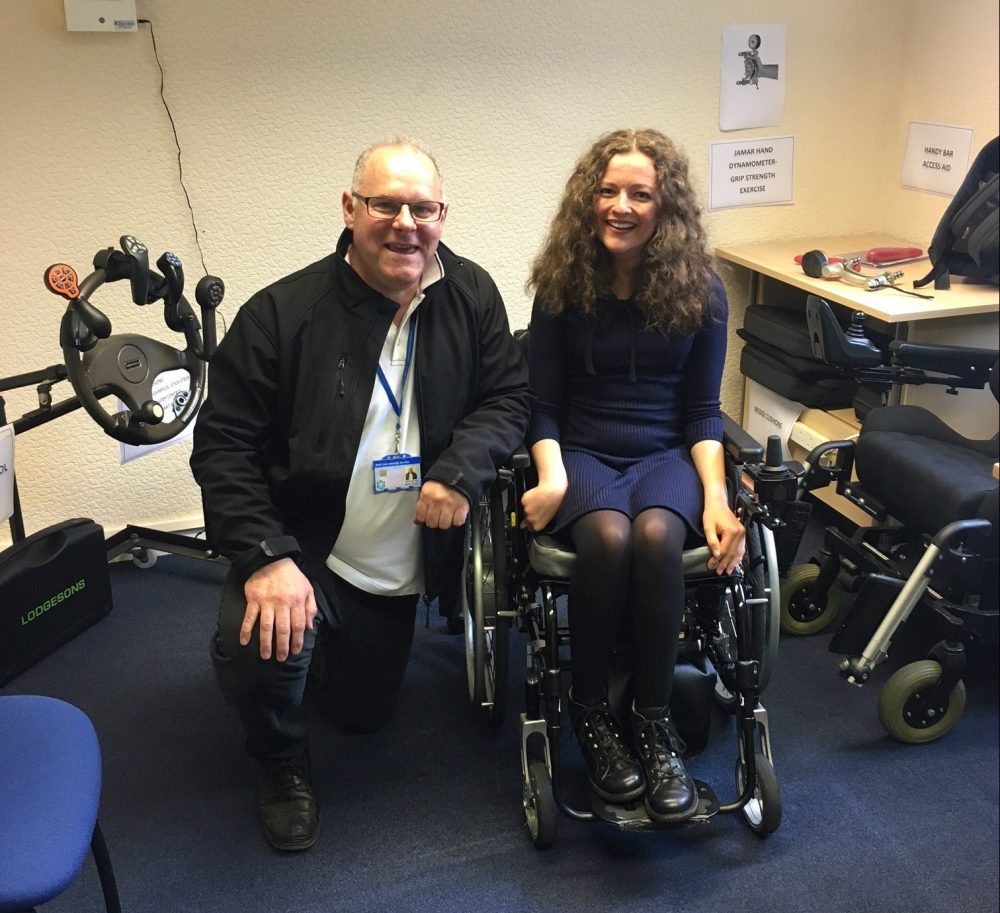
Ongoing support from birth through early years, into school and beyond from Specialist Physiotherapists and Occupational Therapists is vital to support each person’s strengths and enable them to lead full active lives.
Cerebral palsy affects the brain with many people experiencing movement and co-ordination difficulties and a range of other problems which may affect speaking, vision and learning. Each person is unique and difficulties, which can affect driving safety may present in a variety of ways as mild or severe:
- Weakness affecting arms or legs or one side of the body.
- Difficulty with posture and balance
- Stiff tight muscles, which can affect range of movements and cause shakiness
- Involuntary movements or muscle spasms.
- Fatigue
- Difficulties with speaking, vision and learning.
Driving and Cerebral Palsy
Some medications and surgical interventions can help to reduce tightness in muscles and joints and enable the person to access more movement and function. Having regular contact with your Doctor or Care Team is helpful to monitor symptoms and support independence including exploring learning to drive.
Common difficulties people experience:
- Difficulties moving to operate pedals
- Coordination of movements when changing gears, steering or using indicators and other controls.
- Sitting in a stable, supportive upright position to be able to look around and while controlling the vehicle.
- Fatigue from effort of movements.
- Difficulty with concentration, vision and new learning.
Young people with disability can apply for their Provisional Licence from the age of 16 onwards. Many options are available to enable a person to learn to drive. Specialist staff at a Mobility Centre can help you explore your abilities. There is a wide range of adaptions that are available to enable you to get into and out of a car, support posture in the vehicle, drive with specialist controls and stow wheelchairs or other equipment.
Some typically used adaptations for driving are:
- Hand controls which operate accelerator and brake, these can be mechanical or electronic.
- Steering aids
- Remote secondary controls for indicators, lights, and wipers.
- Electrically operated adjustable seats and turn out seats.
- Joystick control for combined steering, accelerator and brake when driving from wheelchair.
Advice and guidance is also available on specialist tuition and taking your theory test. Please contact your nearest Mobility Centre for more information and advice.
